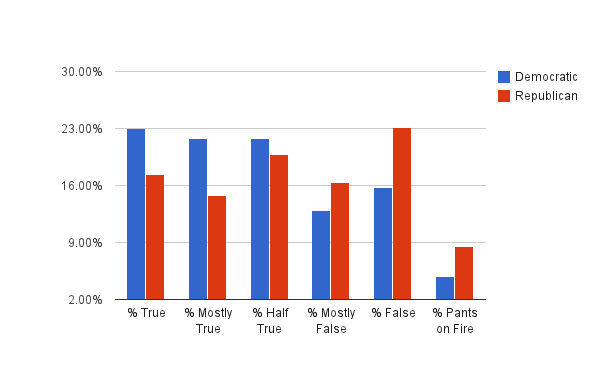Atheist Contributions

James Osborne (1834-1881) was an early settler of Seattle, who opened the Gem Saloon (seen in the illustration to the left). His obituary said that “He maintained a reputable saloon patronized by the best citizens of the type that patronized saloons.”[1]
In addition, in his will, he left money to the city to build a civic building, provided that the city contributed matching funds. Unfortunately, he was so filthy rich (like much of the American west, Seattle was founded by a bunch of people trying to make a quick buck) that the city couldn’t afford to match the funds until 1927, when they built the Seattle Opera House (see also Speidel).
Speidel also tells us:
The will specified, for one thing, that his brother-in-law—who had thrown him out of the house once—was not to get “one thin dime.” It also stated flatly that he forbade anyone to take his body into—or even near—any church and there were to be no religious ceremonies conducted at the funeral.
Instead he asked that the funeral be held at Yesler’s Pavilion, that a competent brass band be employed to liven up the occasion, and that a good free-thinker like Judge I. R. W. Hall be paid one hundred dollars for the oration … and failing Judge Hall, that “either Thomas Burke or W. H. White will do.” The services were to end with burial in Lakeview Cemetery by the Ancient Order of United Workmen.
…So that we can truthfully tell you that the “father” of our Opera House was an atheistic saloon keeper from the Skid Road.
[1]: William C. Speidel, Sons of the Profits, Nettle Creek Press, pp. 72-73.
